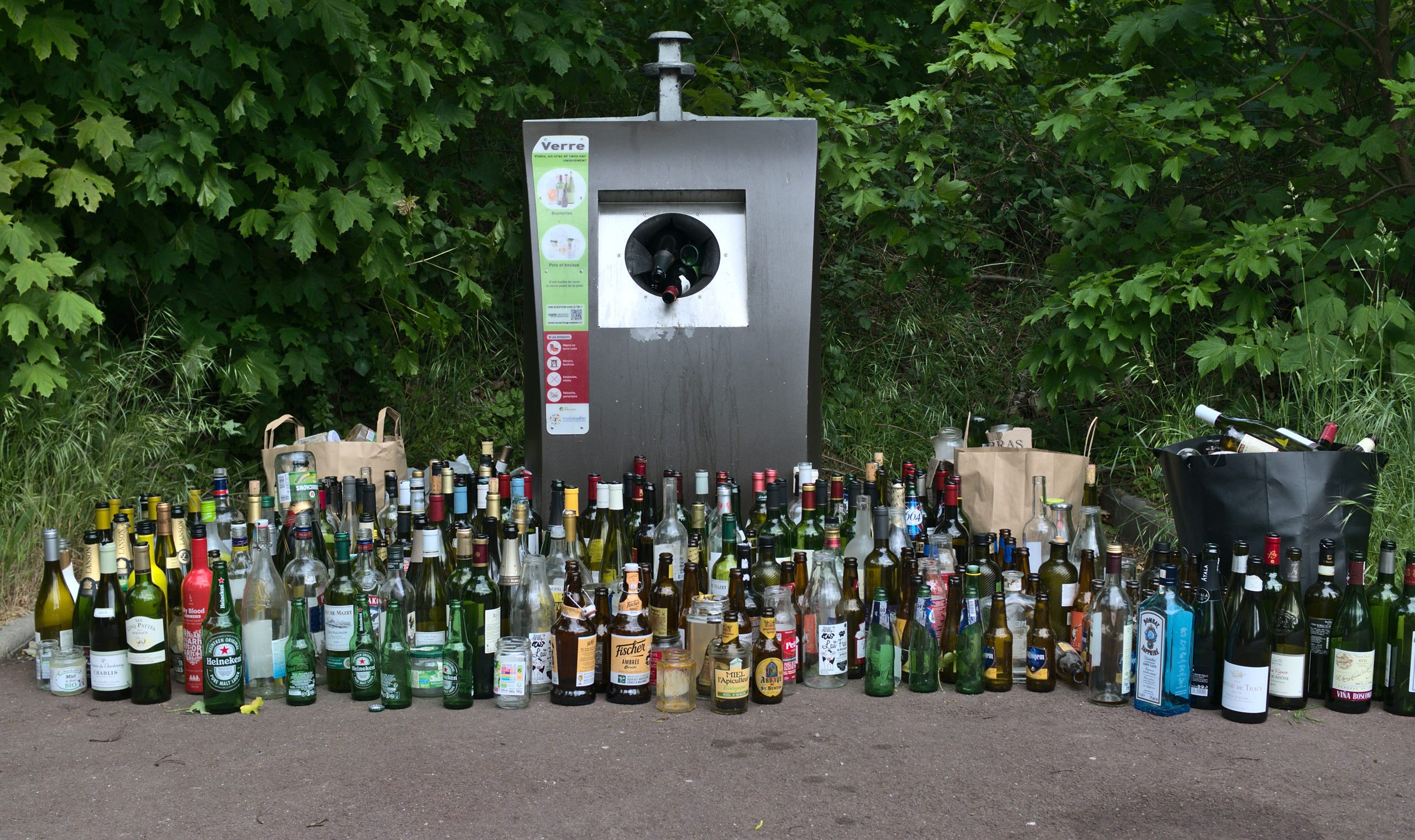
Effective waste management and improving recycling rates are critical goals for municipalities seeking to create sustainable communities. A lot of progress has been made towards a more environmentally sustainable world, but there is still a lot more that needs to be done.
According to the most recent statistics available, a total of 23.1 million tonnes ‘of waste from households’ was treated in 2021. Of this, 55.7 per cent was residual waste, 25.9 per cent was dry recycling, 16.2 per cent was ‘other organics’ (including green garden waste and mixed garden and food waste) and 2.2 per cent was separately collected food waste.
The rate of plastic waste recycling in the UK is currently 46.2%, which means over half of the plastic that we use is deposited into landfill or incineration. What about other materials? Might be good to bullet point them? Less than 50% of the total waste in the UK is recycled or recovered. To combat the waste that goes to waste, and divert from landfill, the UK government has put stringent targets in place to meet their recycling and sustainability goals by 2030. The overall recycling target is at 77%, according to the latest update from DEFRA (Department for Environment, Food and Rural Affairs).
Why is recycling so important for local authorities?
Recycling is an important topic that has sparked interest and action in many organisations and communities. It’s the process of converting waste materials into new products or raw materials to prevent them from ending up in landfills. Recycling involves collecting, sorting, processing, and reusing waste materials to create new products.
There’s an onus on everybody to change the way they recycle and do their bit towards the environment. But, this can be challenging for companies and local authorities who don’t have an effective waste management process in place.
Local authorities have the responsibility of improving recycling rates which can benefit their communities in many ways:
How can waste fill sensors help improve recycling rates in communities?
Getting communities actively engaged in recycling programs is becoming increasingly important while local authorities face numerous challenges in trying to make their targets. With the advent of smart waste management technologies, bin sensors have emerged as powerful tools to optimise waste collection and promote recycling.
Sensor technology and a data-driven approach to waste management have huge potential to help cities and municipalities achieve their environmental goals. Smart sensors provide data on waste generation behaviour in real-time. The devices are powered by IoT (Internet of Things) and can be fitted into waste containers, including recycling bins.
Smart bin sensors help by:
What are bin sensors and how do they work?
Bin sensors, also known as smart bin sensors or fill-level sensors, are Internet of Things (IoT) devices designed to monitor the fill-levels of waste containers, bins, and dumpsters. These sensors utilize various technologies, such as ultrasonic, infrared, weight sensors, or image recognition, to accurately measure and track the amount of waste or recyclables inside a bin.
The bin sensors are typically installed either inside the bin or on its lid, depending on the specific design and purpose. They are equipped with wireless communication capabilities to transmit real-time data on the fill-levels of the bins to a centralised platform or waste management system.
The primary function of bin sensors is to provide valuable information about the status of waste containers, allowing waste management services and municipalities to optimise waste collection routes, schedules, and resources. By continuously monitoring the fill-levels, bin sensors enable timely and efficient waste collection operations, reducing unnecessary collection trips and ensuring bins are emptied when needed.
Can bin sensors be integrated into existing waste management systems?
Yes, bin sensors are designed to be easily installed on various types of waste containers. They can be retrofitted onto existing bins without extensive modifications. Integration with existing waste management systems can be accomplished through cloud-based platforms that collect and analyse data from the sensors.
Are bin sensors cost-effective for municipalities?
Bin sensors can offer long-term cost savings by optimising waste collection schedules, reducing fuel consumption, and minimising unnecessary collections. These cost savings, coupled with the environmental benefits and improved recycling rates, make bin sensors a worthwhile investment for municipalities.
Bin sensors have the potential to revolutionise waste management in communities by optimising waste collection and promoting recycling. As municipalities aim to improve recycling rates and create sustainable communities, incorporating bin sensors into smart waste management systems is a practical and efficient solution. By harnessing the power of bin sensors, municipalities can drive positive change, enhance recycling participation, and move closer to achieving their waste management goals. Contact REEN solutions for more information on smart waste management solutions.